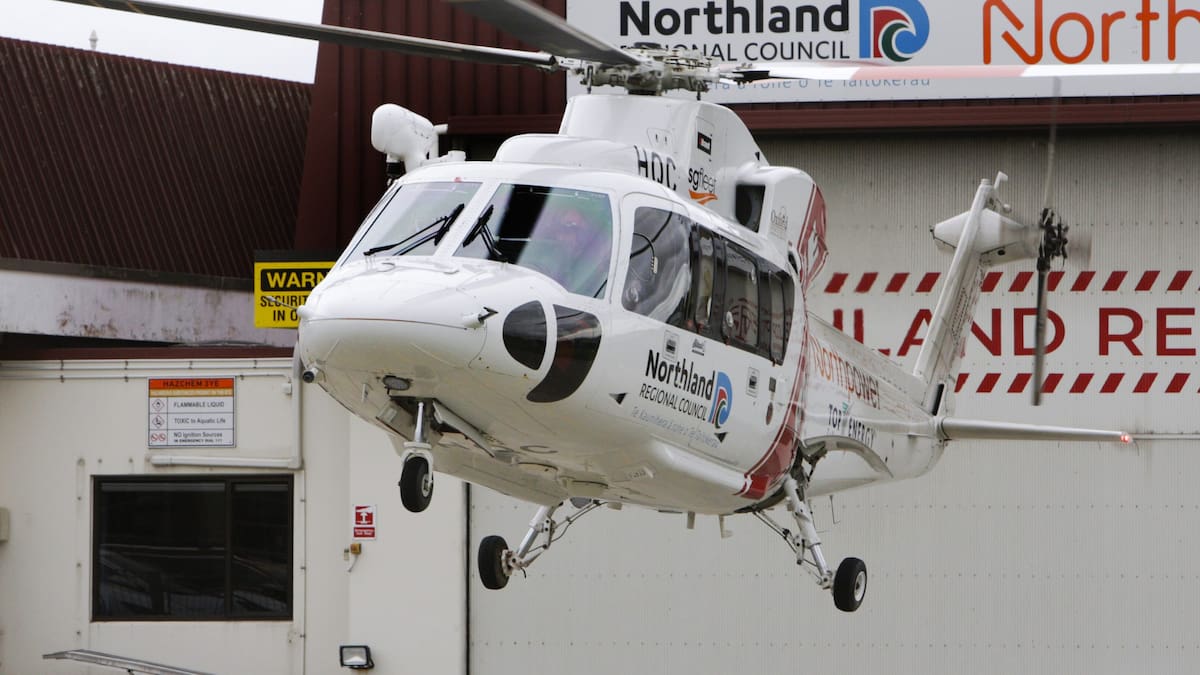Their rates will pay $1.1m for emergency services – more than half of which has typically gone to the North’s Whangārei-based rescue helicopter service – and $1.5m to the region’s sporting facilities.
The record number of LTP submissions was 10 times the council’s previous largest number.
At the time of its LTP 2024-2034 public consultation, NRC said the emergency services and sporting facilities rates would mean an extra increase of roughly 5% for 2024/2025 rates.
Northland Rescue Helicopter, Surf Life Saving Northern Region, Hato Hone St John, Coastguard Northern Region, Northland and Far North Search and Rescue, and Far North Radio and Sea Rescue were the recipients of NRC’s $1.11m emergency services funding last year.
The rescue helicopter service received just over half of this money.

NRC chairman Geoff Crawford said the council was not required by law to collect the two “community good” rates.
But councillors had agreed to continue with both, “acknowledging they’re effectively a form of fundraising and an administrative ‘community good’ service on behalf of the community”.
Crawford said NRC’s 15.94% rates rise for the coming year meant an extra $81.20 per annual rates bill.
The “community good” rates made up $27.65 a year worth of this, he said.
NRC will be working with the core providers that get the emergency services ratepayers’ money “to ensure that alternative funding can be secured via the Government and other funders”.
The name of the emergency services rate has been changed to the regional rescue services rate.
Crawford said the LTP was about balance.
“There is hugely important work to be done to care for te taiao [the natural environment] and prepare communities for the long-term effects of climate change and natural hazards, and costs have increased significantly for us all,” Crawford said.
New NRC work being funded in the coming decade’s budget includes biosecurity, flood management, climate action and emergency management.
LDR is local body journalism co-funded by RNZ and NZ On Air.



